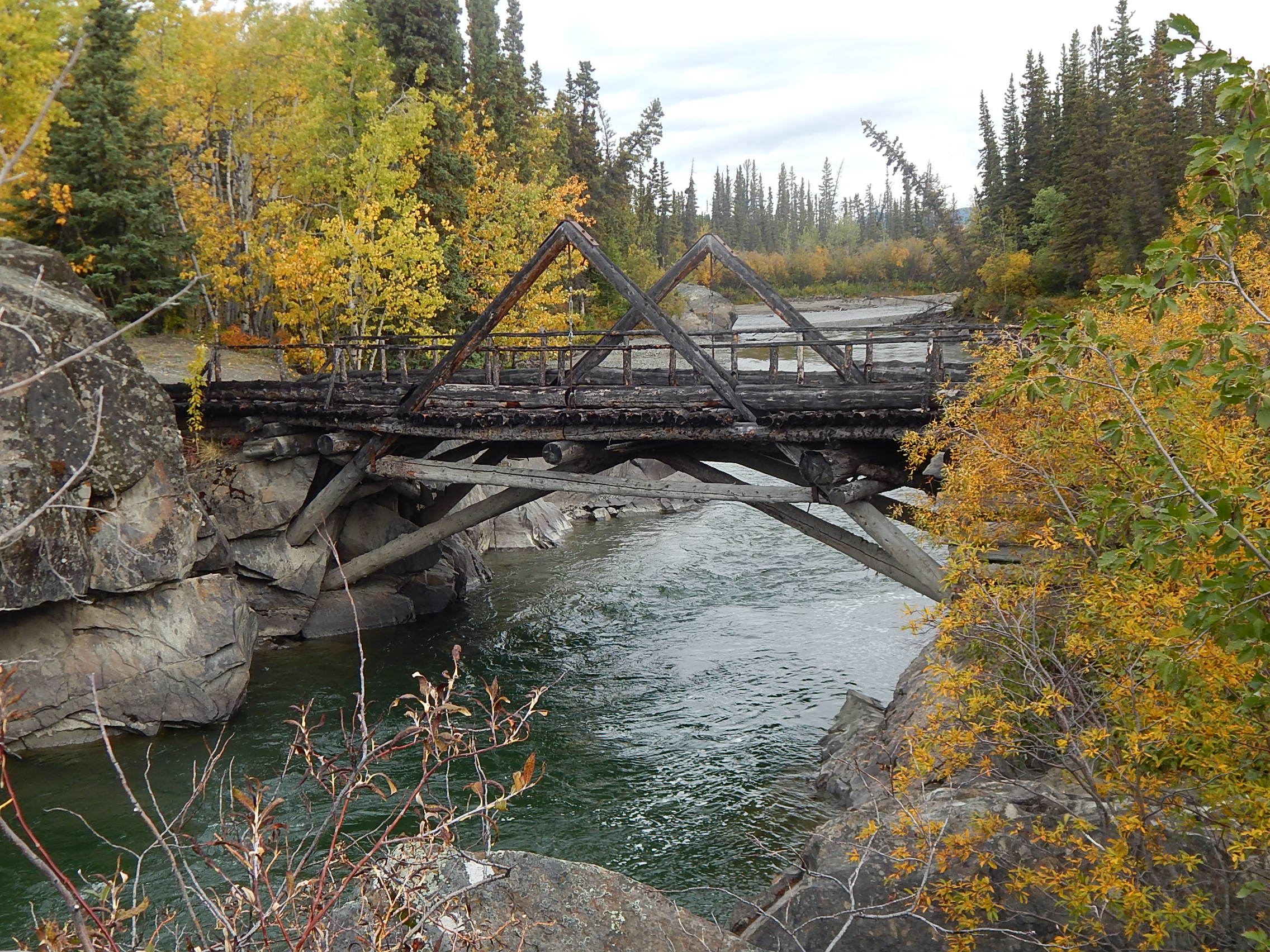^^^^ And it only took 8 months to build.......
One of the original bridges, with restoration. Very crude.

Grizz
^^^^ And it only took 8 months to build.......

Ceramic armor.
Not a lot of environmental concerns back in those days. That could get you thrown in jail now.
Blohm & Voss BV 138
Long-range Maritime Reconnaissance Flying Boat


And diesel powered!
The Junker Jumo 205 was pretty much the only successful aviation diesel ever made, and was a wild and wiggly 2-stroke design.

More info here.


One of the original bridges, with restoration. Very crude.

Grizz
Wow! How far up the highway is that bridge? Need to go see that some day.
Wow! How far up the highway is that bridge? Need to go see that some day.
I've driven the entire thing to Prudhoe Bay and back on my bike. Never saw that bridge.
Side road?
Thanks. That kills the lust I have had for that engine.











































